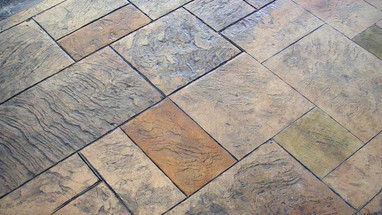Posted by jwb on May 19th 2023
As Seen On







This product is better than all the traditional oil and water-based sealers. I am so amazed every time I use it... I'm chemically sensitive and I can actually live in the space while using it and feel good.
— Residential DIY


High Performance Non-Toxic Paint, Wood Stains, Concrete Stains, Sealers, & Eco-Friendly Cleaning Products
Choosing sustainable coatings and chemicals offers a range of benefits compared to traditional varieties. From non-toxic paints, stains, sealers, floor coatings and paint strippers, to non-flammable solvents and degreasers; using green chemistry can help reduce personal and environmental health risks. Moreover, these products are designed to naturally break down in the environment so they don’t create toxic residues or waste. Sustainable alternatives offer an effective, safe and non-hazardous solution. Furthermore, investing in sustainable products contribute to reducing our environmental footprint by protecting local ecosystems while also helping improve indoor air quality.
Wood Stain and Concrete Stain Best Sellers
Customers We are Proud to Serve
Eco Safety Products is proud to be the trusted choice for some of the world’s most respected organizations, including the US Department of Defense, Caltrans, the National Parks Service, Mercy Ships, and leading tech innovators like Google, Facebook, and Salesforce.
These organizations share our commitment to sustainability, choosing our non-toxic paints, wood and concrete stains, sealers, and eco-friendly cleaning products to meet their environmental goals without compromising performance. Whether safeguarding national parks or creating healthier workspaces, our partners rely on us to deliver products that protect both people and the planet.


Safety Tapes
A full line of safety tapes, non-skid tape, and floor marking tape. Ideal for schools, retailers, factories, and public institutions.
In the Blog
Nov 21st 2022
Eco Safety Products Acquires Soy Technologies, LLC's SoyGreen, SoyThin, & Soyanol Brand Chemicals
Aug 29th 2021




